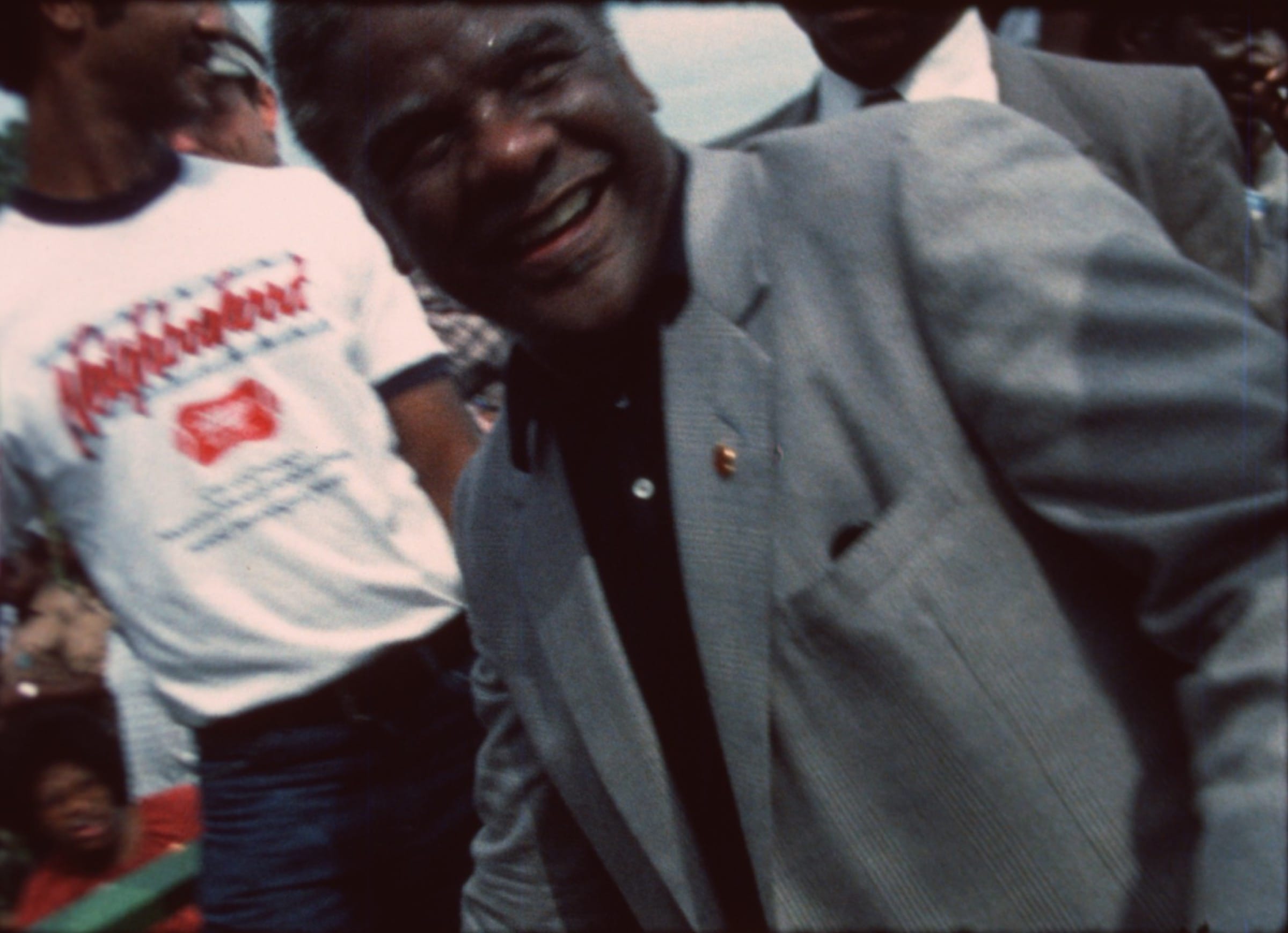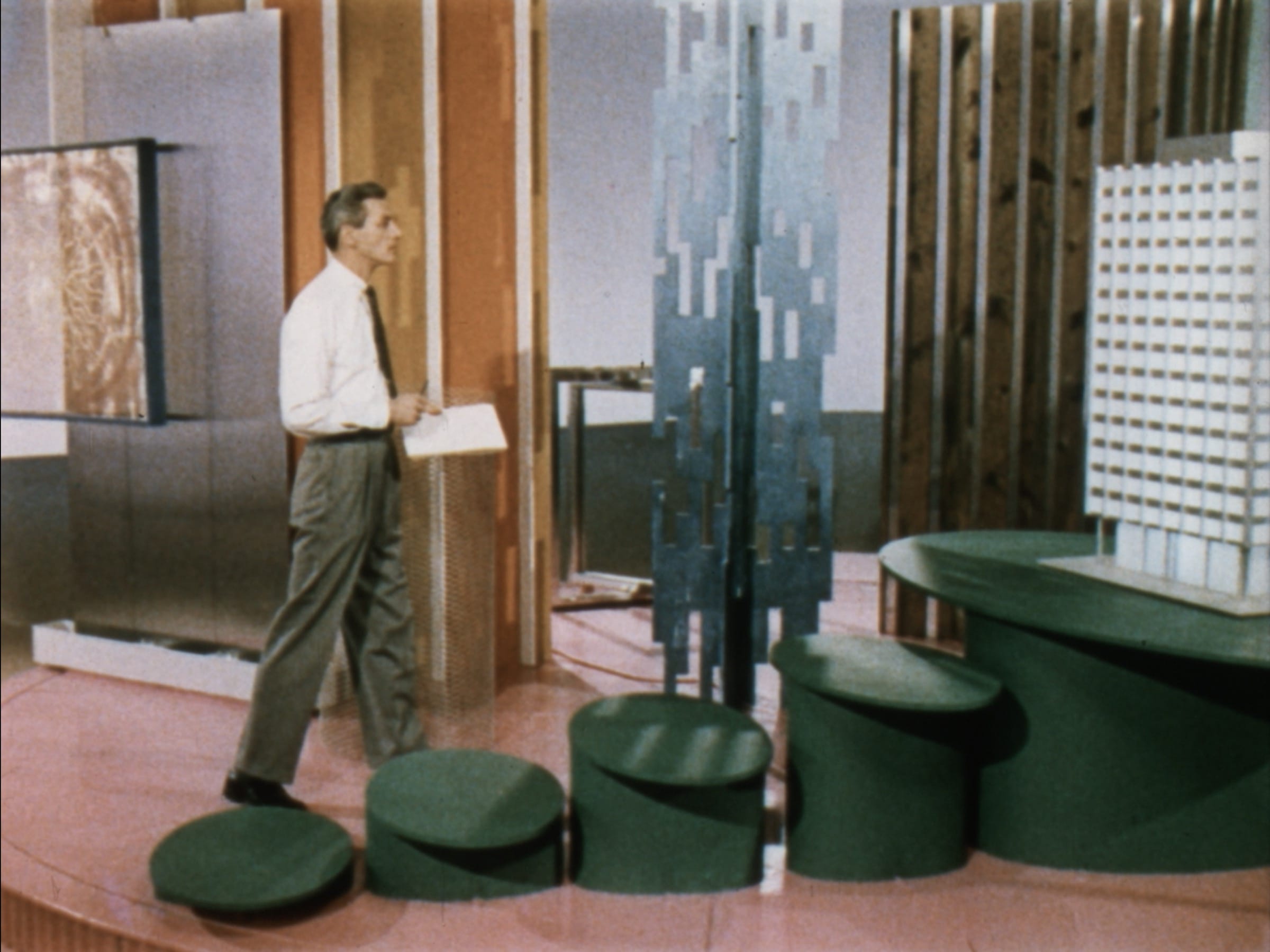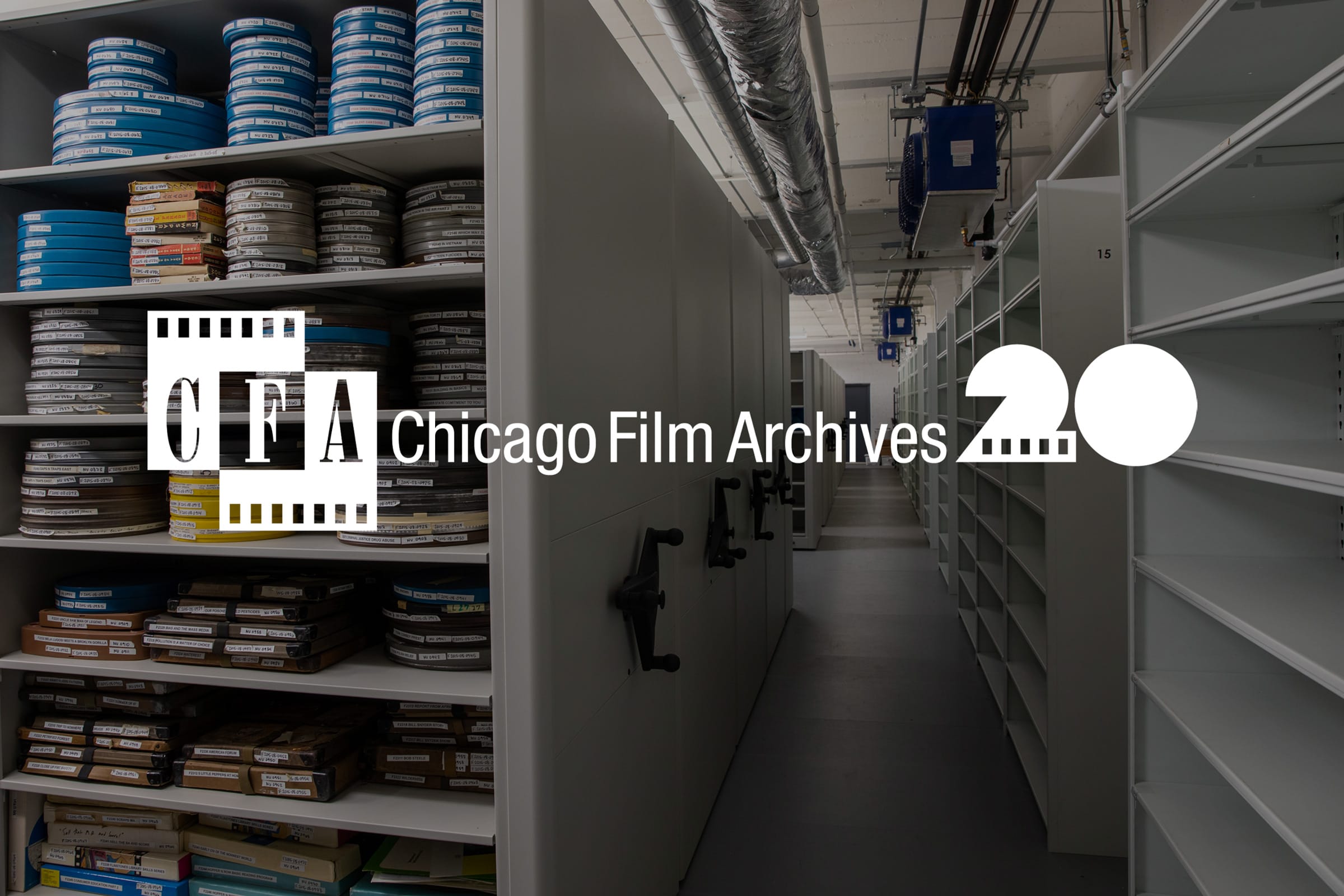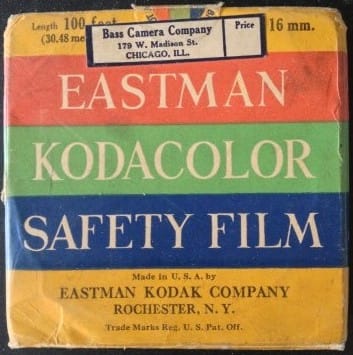
Kodacolor box found in the Chicago Academy of Sciences’ collection
While processing the Chicago Academy of Sciences’ (Peggy Notebaert Nature Museum) collection, I came across an unfamiliar stock among some 1930s-40s home movies. Found on metal 100’ and 50’ spools sans box, the edge markings read “Kodacolor Safety Film” and dated from 1936. What struck me immediately was that not only were these “Kodacolor” films black and white, but displayed different physical properties than Kodak’s B&W reversal stock produced at the same time. Under a loupe, the film appeared to have a large, pixel-like grain akin to standard definition video. Tilting the film over a light source revealed a shift in density similar to a Fresnel lens. Not typical black and white reversal, that’s for sure.
I hopped on the computer and did some research on Kodacolor stock. While Kodak has used the Kodacolor trademark for a few products, the lesser-known 16mm Kodacolor was an early lenticular color stock. Introduced in 1926, Kodacolor was a means of giving amateur filmmakers access to color pictures before Kodachrome became commercially successful.
The concept of Kodacolor’s lenticular system involved a special filter that separated light into red-green-blue as it entered the camera lens. The stock itself was panchromatic black & white, which meant it registered red, green, and blue light as opposed to orthochomatic’s only blue-green sensitivity (hence red-lit darkrooms for processing orthochromatic film). The film itself layered the emulsion away from the lens, behind a complex base composed of tiny lenses for splitting the light coming into the camera lens— think of television’s miniscule RGB components working to form a whole picture. The black & white film would then be projected through a RGB filter that would split the light back onto the screen, projecting a full-color image.
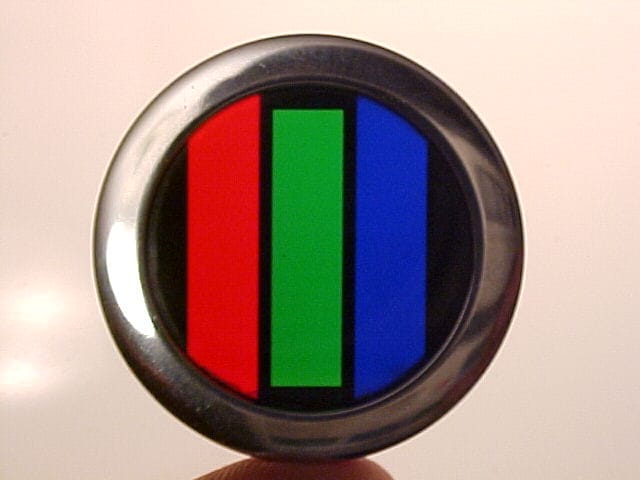
The Kodacolor filter split white light into red, green, and blue wavelengths
Unfortunately, Kodacolor was plagued with inconveniences. The extremely slow film (modern day 0.5 ISO!) could only be shot in bright daylight to compensate for the light loss in both the camera’s filter and the projector’s filter. It goes without saying that the need for both filters was also cumbersome. Soon, Kodachrome’s subtractive color system proved more accessible (and assumingly more cost-effective), dominating the amateur motion picture market. Roughly ten years after its introduction, Kodacolor ceased manufacture.
At the moment, we have no means of viewing the Kodacolor film at the archives in its intended color. A 1928 home movie in CFA’s Susan H. and Charles P. Schwartz Collection shows the defined grain of the lenticular stock when viewed without the Kodacolor filter.
In comparison, check out these videos of George Eastman unveiling Kodacolor (in Kodacolor no less):
and a 1934 home movie demonstrating the transformation from black & white to a full color spectrum:
More on Kodacolor here.
— Lauren Alberque



